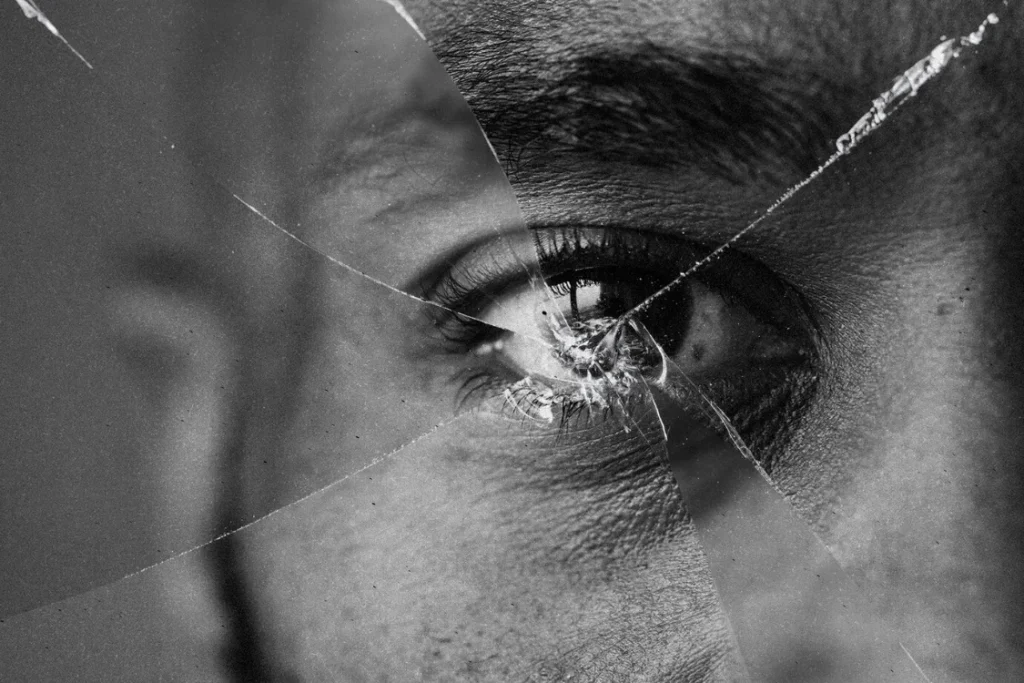
Cognitive Behavioral Therapy for Depression: How It Works?
Cognitive behavioral therapy for depression helps people explore how their thoughts affect their emotions and actions. It teaches practical ways to recognize and gradually change unhelpful thought patterns. With guidance, people can approach daily challenges with greater awareness and reduced emotional strain.
CBT helps support recovery by offering tools that are grounded in psychological research and applied through consistent therapy sessions.
What is Depression?
Depression is a mental health condition that affects how you think, feel, and function each day. It may cause a loss of interest in activities, changes in sleep or appetite, low energy, and persistent sadness. These symptoms often interfere with daily responsibilities and relationships.
Depression can develop gradually or follow stressful life situations, medical conditions, or long-term emotional strain. It’s not simply a passing mood, but a condition that can benefit from talk therapy or other forms of effective treatment. A therapist can help you work through symptoms and build strategies to cope more effectively.
Understanding Cognitive Behavioral Therapy
Cognitive Behavioral Therapy, often called CBT, is a type of psychotherapy that helps you examine how your thoughts influence your emotions and actions. It is based on the idea that negative thinking patterns can contribute to distress and unhelpful behaviors.
In CBT, you work with a therapist to identify these patterns and learn ways to respond to situations with more helpful perspectives. The process involves guided reflection, practical exercises, and a structured approach to improving mood and functioning. Generally, a CBT therapist helps you recognize thought traps and break the cycle of negative thinking.
How Does Cognitive Behavioral Therapy for Depression Work?
Cognitive behavioral therapy for depression involves practical steps that help you recognize, question, and change patterns that maintain low mood and distress.
Identifying Negative Thoughts
You begin by learning to notice automatic thoughts that usually appear in response to difficult situations. These thoughts and feelings may include self-criticism, hopelessness, or assumptions about failure. By bringing them into awareness, you gain the opportunity to examine how they influence your emotional state and daily behavior.
Cognitive Restructuring
Once unhelpful thoughts are identified, you work on evaluating their accuracy and developing more rational alternatives. This process involves asking specific questions about the evidence for and against your beliefs. Through guided practice, you begin to challenge negative thinking and create new ways of thinking and interpreting experiences.
Behavioral Activation
You also focus on reintroducing activities that bring a sense of purpose, enjoyment, or accomplishment. Depression typically leads to withdrawal or inactivity, which can reinforce a low mood. Techniques like behavioral activation encourage you to re-engage with daily routines and interests in small, manageable steps.

Homework and Practice
Therapy sessions continue between appointments through exercises that support what you’ve discussed with your therapist. These may include thought records, activity tracking, or problem-solving tasks. Repetition helps you build skills that apply to everyday situations and strengthen long-term coping strategies.
Monitoring Progress
Throughout therapy, you and your therapist regularly review your progress. This may involve rating symptoms, tracking specific goals, or discussing challenges in applying strategies. That’s because monitoring helps you understand what’s working and where adjustments may be needed to support continued improvement.
What to Expect in CBT Sessions?
CBT sessions are structured to help you focus on specific concerns while building useful skills. In each session, you and your therapist review recent experiences, explore thoughts and reactions, and set a clear focus for discussion.
You’ll learn to identify patterns in your thinking, examine how they affect your emotions and behavior, and practice more effective responses. The therapist may introduce exercises or tools to support this process.
At the end of each session, you agree on simple tasks to apply during the week. These regular practices help reinforce progress and support meaningful change over time.
Effectiveness of CBT for Depression
Research shows that CBT for Depression provides measurable improvement by addressing patterns that contribute to symptoms and interfere with daily life.
Evidence-Based Outcomes
CBT is one of the most thoroughly researched psychological treatments. Clinical studies consistently show that it helps reduce symptoms of depression. It is commonly recommended as a first-line effective treatment due to its ability to improve daily functioning and emotional well-being.
In a meta-analysis of over 400 randomized controlled trials from 1966 to early 2022, CBT delivered individually, in groups, or as guided or unguided self-help, was significantly more effective in reducing depressive symptoms than control conditions. These findings underscore CBT’s strong evidence base as a first-line treatment for depression.
Long-Term Results
The benefits of CBT continue even after therapy ends. Because you learn practical tools to manage unhelpful thoughts and behaviors, these skills can be used in future life situations. This makes CBT valuable not only for symptom relief but also for preventing relapse and maintaining progress over the long term.
Who Can Benefit from CBT for Depression?
CBT can be helpful for many people experiencing depression, regardless of age or background. It is often recommended for individuals with mild to moderate symptoms, but it may also support those with more persistent or recurrent episodes.
CBT is particularly useful if you want a practical, skills-based approach to understanding and managing emotional difficulties. It can be adapted to suit different needs, including adolescents, adults, and older adults. People living with anxiety disorders, post-traumatic stress disorder (PTSD), and even binge eating disorders may also benefit from CBT, especially when it co-occurs with mood disorders.
Whether your depression developed recently or has been present for years, CBT offers strategies that help you respond differently to challenges and work toward improved mental health.
How CBT Works When Depression is Linked to Addiction?
CBT helps treat depression linked to addiction by addressing negative thought patterns that drive both conditions. It teaches you to identify unhelpful beliefs, understand how they affect your emotions and behaviors, and replace them with healthier alternatives.
CBT also improves coping skills, emotional regulation, and problem-solving, reducing the reliance on substances. By treating both depression and addiction together, CBT supports long-term recovery and helps you regain control over your thoughts, actions, and overall well-being

Finding and Accessing a CBT Therapist
Accessing CBT begins with finding a qualified mental health professional trained in CBT methods. You can start by speaking with your doctor, checking professional directories, or exploring mental health clinics that list therapists by specialty. It’s important to look for someone with experience in treating depression using evidence-based approaches.
Many CBT therapists offer both in-person and online therapy sessions, which can help with scheduling or travel limitations. Before beginning, you may have an initial consultation to discuss your concerns and see if the approach feels appropriate. This step helps ensure the type of therapy and practitioner are a good fit.
Begin Your Road to Mental Wellness at Twilight Recovery
Starting talk therapy can feel like a big decision, but it doesn’t have to be complicated. At Twilight Recovery, we offer care that’s grounded in experience and built with purpose.
Each step is supported by people who listen, who take time, and who understand how hard it can be to ask for help. Remember that beginning your road to mental health recovery is possible.
Frequently Asked Questions
What are the Principles of Cognitive Behavioral Therapy (CBT) in Treating Depression?
CBT works by identifying unhelpful thought patterns, examining how they affect emotions and actions, and teaching practical strategies to promote more adaptive thinking and behavior.
How Does CBT Differ from Other Forms of Psychotherapy for Depression?
CBT is structured, goal-oriented, and focused on present challenges. Unlike insight-based therapies, it emphasizes active problem-solving and specific skills to manage symptoms.
What is the Typical Duration of a CBT Session?
A typical CBT session lasts around 45 to 60 minutes and usually follows a consistent format, focusing on progress, current concerns, and practical strategies.
Can CBT Be Effectively Conducted Online?
Yes, online CBT is effective for many individuals. It offers the same structured approach and access to a therapist with greater flexibility.
What Techniques are Commonly Used in CBT to Manage Symptoms of Depression?
Common CBT techniques include identifying negative thinking, cognitive therapy restructuring, behavior therapy, and guided problem-solving to improve mental health and daily life.
Is CBT More Effective Than Medication for Depression?
CBT can be just as effective as antidepressant medication for many with mild to moderate depression. It also provides long-term tools that help reduce relapse after therapy ends. However, this still depends on the clinical assessment of the client based on their needs.

